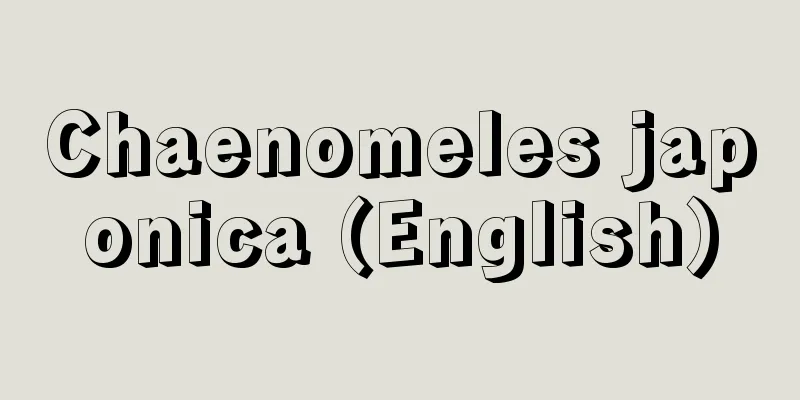Kirigami craft - Kirigamizaiku

|
Kirigami crafts are handmade crafts that mainly use handmade washi paper and are made by cutting or carving various designs (flowers, birds and animals, people, landscapes, buildings, social life, letters, etc.) using cutting tools such as scissors, small knives, cutting implements and round awls. Kirigami crafts are different from kirie in that they do not cut out the drawn image as is. They require the artist to first redraw the image into a design unique to kirigami (no matter which part you pick up when cutting out, it is all connected) and then create a preliminary design. From a technical standpoint, there is a method called intaglio carving, in which the shape of an object is expressed by the space that is cut out, and a method called relief carving, in which the shape of an object is expressed by the part that is left uncut. One of the attractions of Kirigami crafts is the character of the handmade paper. Handmade Japanese paper has a unique beauty that Western paper does not have, such as color, luster, warmth, strength, and texture. This, combined with the beauty of the unique shapes of the Kirigami designs, allows for the expression of a handmade craftsmanship that cannot be achieved with paints or pens. Kirigami crafts have a long history, and it is not yet clear when they first began, but in China they are called Senshi and are one of the most representative of many crafts. As in China, they were introduced to Japan for use in rituals, but they have not yet become as widely used as handmade crafts for the general public to enjoy by cutting out pieces, as they were in China. Although they did not develop much as paper crafts, they have made great strides as stencils for dyeing, producing excellent works such as Edo Komon dyeing, Kata Yuzen, and Okinawa's Bingata. Kirigami crafts have been made for annual events and were cut for spells or good luck, but today they are used for appreciation and decoration, as New Year's cards, summer greetings, gifts, cuttings for books, magazines, newspapers, movie title sequences, and in school education. [Mitsuo Akiyama] "Masuzo Fujii, 'Paper cutting - Chinese paper cutting, Japanese paper cutting, paper cutting techniques' (1975, Bijutsu Shuppansha)" Source: Shogakukan Encyclopedia Nipponica About Encyclopedia Nipponica Information | Legend |
|
切紙細工とは、主として手漉(す)きの和紙を使って、鋏(はさみ)、小刀、あいすき、丸錐(きり)などの刃物で、さまざまな図案(草花、鳥獣、人物、風景、建造物、社会生活、文字など)を切り抜いたり、彫り刻んだりした手作りの細工物のことである。切紙細工の特色は、「切絵(きりえ)」とは異なり、描いた絵をそのまま切り抜かない。絵をいったん切紙独特の図案(切り抜いたときにどの部分をつまみ上げても、全部がつながっている)に描き直して下絵をつくる必要がある。技術上からみると、陰刻といって、切り抜いた空間によってものの形を表す方法と、陽刻といって、反対に切り残す部分によってものの形を表す方法とがある。 切紙細工の魅力の一つは、切られた手漉紙の味わいにあるといえる。手漉きの和紙は、色、つや、温かみ、強さ、手触りなどに洋紙にはない独得の美しさがある。そのため切紙図案独自の造型美とが相和して、絵の具やペンなどで描いたものにはない手作りの工芸美が表現できる。 切紙細工のおこりは古く、いつごろから始まったのか、まだはっきりわかっていないが、中国では剪紙(せんし)といい、数多い工芸品のなかでもっとも代表的なものの一つである。日本でも中国と同様祭祀(さいし)用として伝わってきたが、中国のように広く民間で切り抜いて楽しむ手作りの工芸品として普及するには至っていない。紙工芸としてはあまり発展をみなかったが、染物用の型紙としては非常な発達を遂げ、江戸小紋染め、型友禅(ゆうぜん)、沖縄の紅型(びんがた)など優れた作品を生んでいる。切紙細工は、年中行事の祭祀用としてつくられたり、まじないや縁起のために切られたりしてきたが、現在では鑑賞や装飾用として、また年賀状、暑中見舞、贈答用、書籍・雑誌・新聞などのカット、映画のタイトルバック、学校教育にも使われている。 [秋山光男] 『藤井増蔵著『切り紙――中国の切り紙・日本の切り紙・切り紙の技法』(1975・美術出版社)』 出典 小学館 日本大百科全書(ニッポニカ)日本大百科全書(ニッポニカ)について 情報 | 凡例 |
Recommend
Cousin marriage - cousin marriage
A marriage system in which it is desirable or eve...
Logos (Greek)
One of the basic words in ancient Greek philosoph...
Lichfield
A city in the southeast of Staffordshire County, m...
Amati - Amati (English spelling)
A family of violin makers active in Cremona, Ital...
Optics - optics
It is one of the traditional physics education sy...
primine
…It was sent to Europe in 1879, where it was bred...
"Wet Clothes of Hatred and Dew" - Wet Clothes of Hatred and Dew
...The second half of the play is about Kyūhachi,...
long-horned beetle
...The kanji for the beetle is "Tengyu"...
Ajigaura
This bathing beach is located in Hitachinaka city...
Democracy in America
…During this period, universal suffrage for white...
Nagaland [State] (English spelling)
A state in the northeastern corner of India, borde...
Incense stick - Kyouji
...This refers to all the tools used to split, bu...
Vātsyāyana (English spelling)
A scholar of the Nyaya school, one of the orthodox...
Eddie, MB - Eddie
…meaning “Christian Science.” A branch of Christi...
Barn owl (masked owl) - Barn owl (English spelling)
It is a general term for birds in the genus Tytoni...









